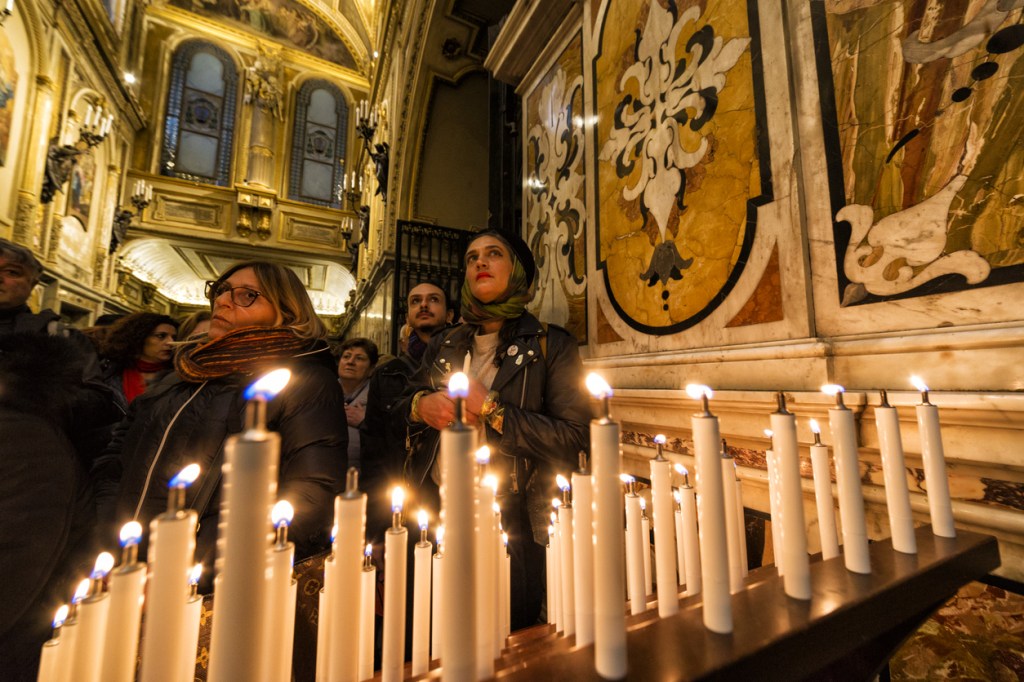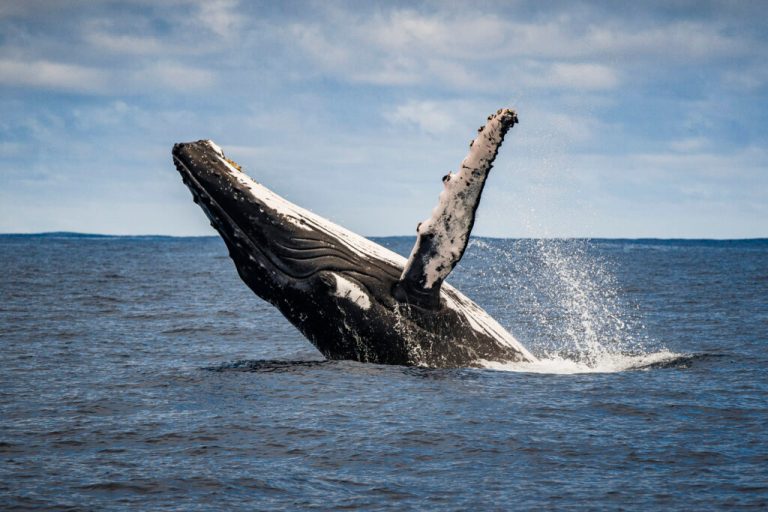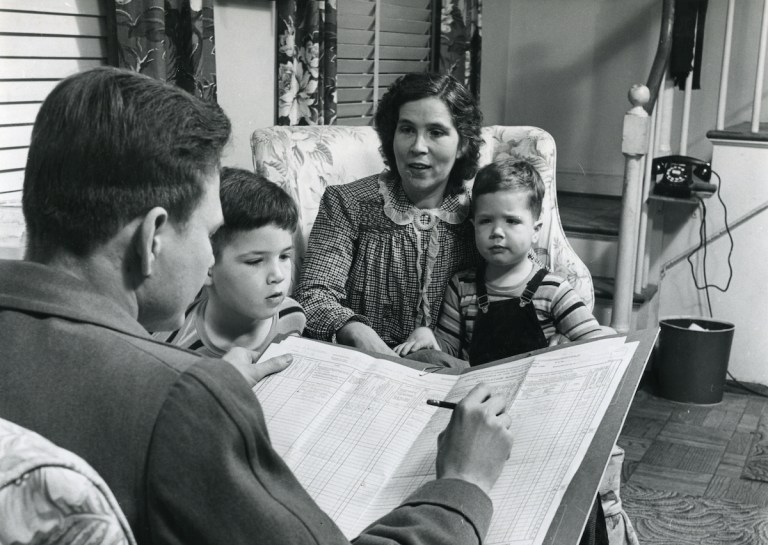The holidays have officially come and gone, but there are millions of people around the world who continue to celebrate the season for more than a month into the new year. Taking place annually on February 2, Candlemas is a historical Christian holiday that continues to be observed exactly 40 days after Christmas.
In medieval England, the date was known to be the official end of Christmas and was a “great feast day,” according to the English Heritage organization. Today, depending on the tradition of various branches of the Christian faith, the holiday often goes by other names, according to Britannica.com. The Roman Catholic Church refers to the holiday as the Presentation of the Lord; in the Anglican tradition, it’s known as the Presentation of Christ in the Temple; and in the Greek tradition, “Hypapante” (translation: meeting) refers to Jesus meeting with Simeon in the Temple. While the name of the celebration may vary, the source of inspiration remains the same: the festivities commemorate the Virgin Mary’s purification in the Temple of Jerusalem as well as her presentation of baby Jesus, her firstborn child, to God, 40 days after giving birth (as depicted in Luke 2:22 of the Bible).
Given that Jesus declared himself to be “the light of the world” in John 8:12, candles are featured prominently in the celebrations. Traditionally it’s an occasion to take candles to church to be blessed — Roman Catholics, Eastern Orthodox, Lutherans, Methodists, and Anglicans are particularly devout in following this tradition, per the Days of the Year website. The blessed candles may then be used at home for the rest of the year.

It’s also believed that the Christian celebration may have begun as a replacement for older pagan festivities that marked the shift from winter to spring. In ancient Celtic culture, Imbolc, taking place between February 1 and 2, was considered to be the first day of spring, per the Irish Culture and Customs website. Celts were said to pray for the health of the soil before planting crops around this time of year, as a means of honoring the goddess Brigid. Ancient Romans honored their god Lupercus — protector of farmers and harvest time in general — by celebrating Lupercalia. More broadly, this point in time between winter solstice (December 21) and the March equinox (March 20), makes Candlemas a handy way to mark the “halfway point” of winter, per timeanddate.com.
Candlemas celebrations provide an opportunity to enjoy traditional dishes, although they vary based on region. The Mexican tradition features tamales, while in Belgium, France, and Swiss Romandy, crepes are the highlight of the holiday feast.
The winter-blooming flower known as the snowdrop, or galanthas nivalis, goes by the nickname Candlemas Bells and is widely considered to be a symbol of the holiday. Tradition used to dictate that the flowers should be kept from the home until the holiday, according to timeanddate.com, although eventually, the belief that the flowers would purify the home overrode the earlier superstition.












